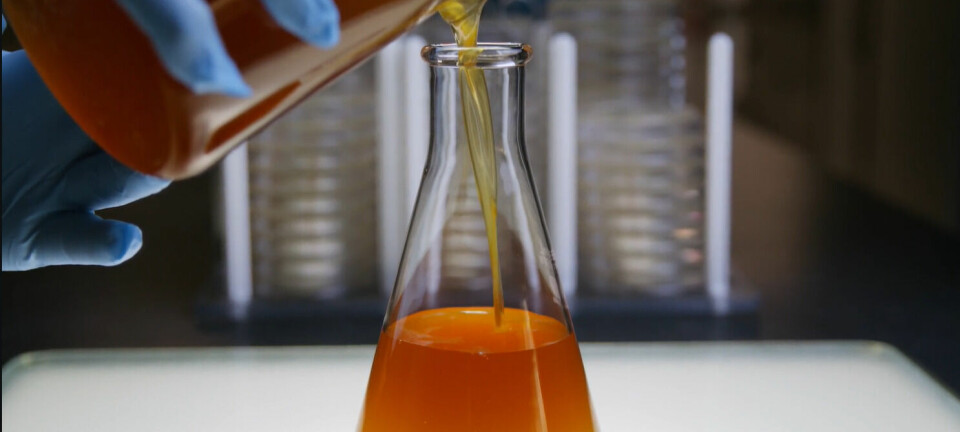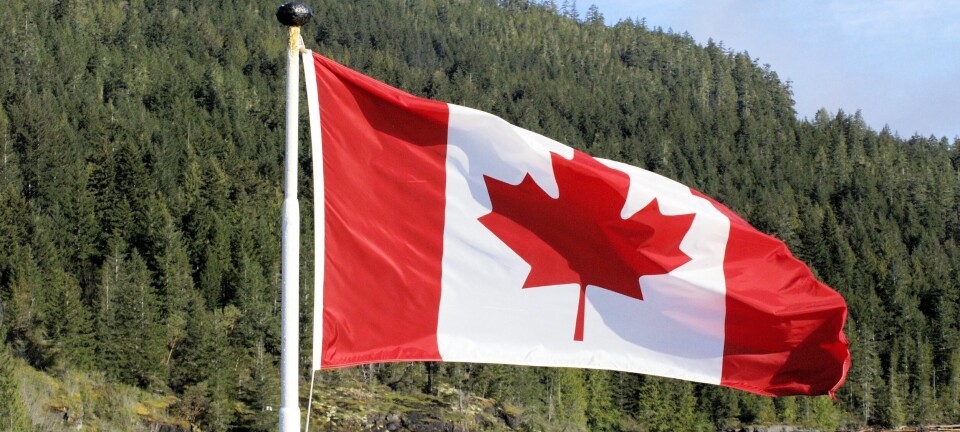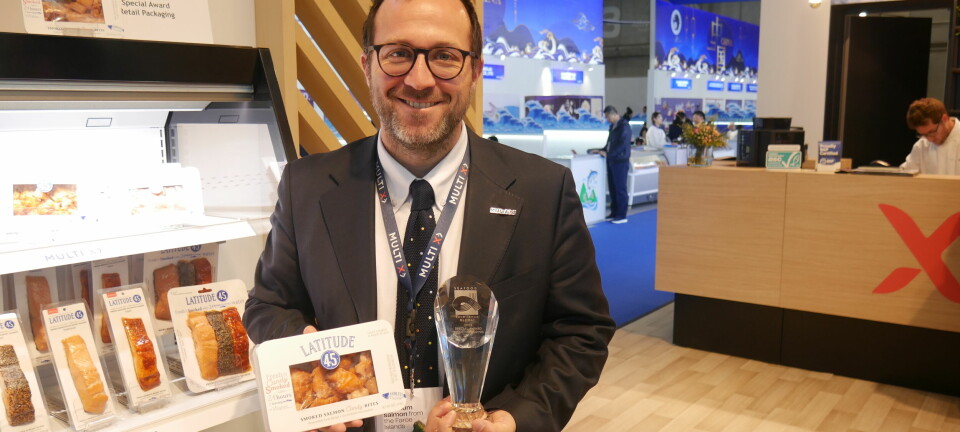Ten sites pay the price for lice
The sites in question belong to numerous companies, including Marine Harvest, Salmar and Lerøy, as well as small independent producers.
According to Kolbjørn Giskeødegård, Nordea’s director of seafood: “Most of these plants have already been harvested out in first part of September and it is our impression that the remaining fish is to a large extent large sized fish that should have been taken up anyway. We hence do not expect the financial losses related to this forced harvesting to be significant, this is also confirmed by Salmar.
“The main risk is that this is 1) a leading indicator of rising cost related to treatment and 2) risk that they will have to reduce smolt release for the next generation. For Western Norway, the situation this year is very good, most likely thanks to a combination of 1) much more fresh water in the fjords due to large and late snow melting 2) higher number of cleaning fish (but this is also the case in the worst regions). Short term implication in the market might be more price pressure owing to steep growth of the salmon and sea lice, both of which trigger harvesting.”
Lice numbers by region
The graph below compares the total number of adult sea lice in various regions with the maximum permitted number – both now and in 2017, when it will fall from 0.5 to 0.2 adult lice per fish .
“Most of the regions comply very well with the regulations now, especially Western Norway, Giskeødegård notes, due to favourable freshwater dilution in the fjords. Also interesting to notice which regions (far north and far south) comply with the 0.2 sea lice required in order to be allowed to 5% higher [Maximum Allowed Biomass] MAB from 2017. This is almost identical with the regions where close to 100% applied for increased MAB.”




















































